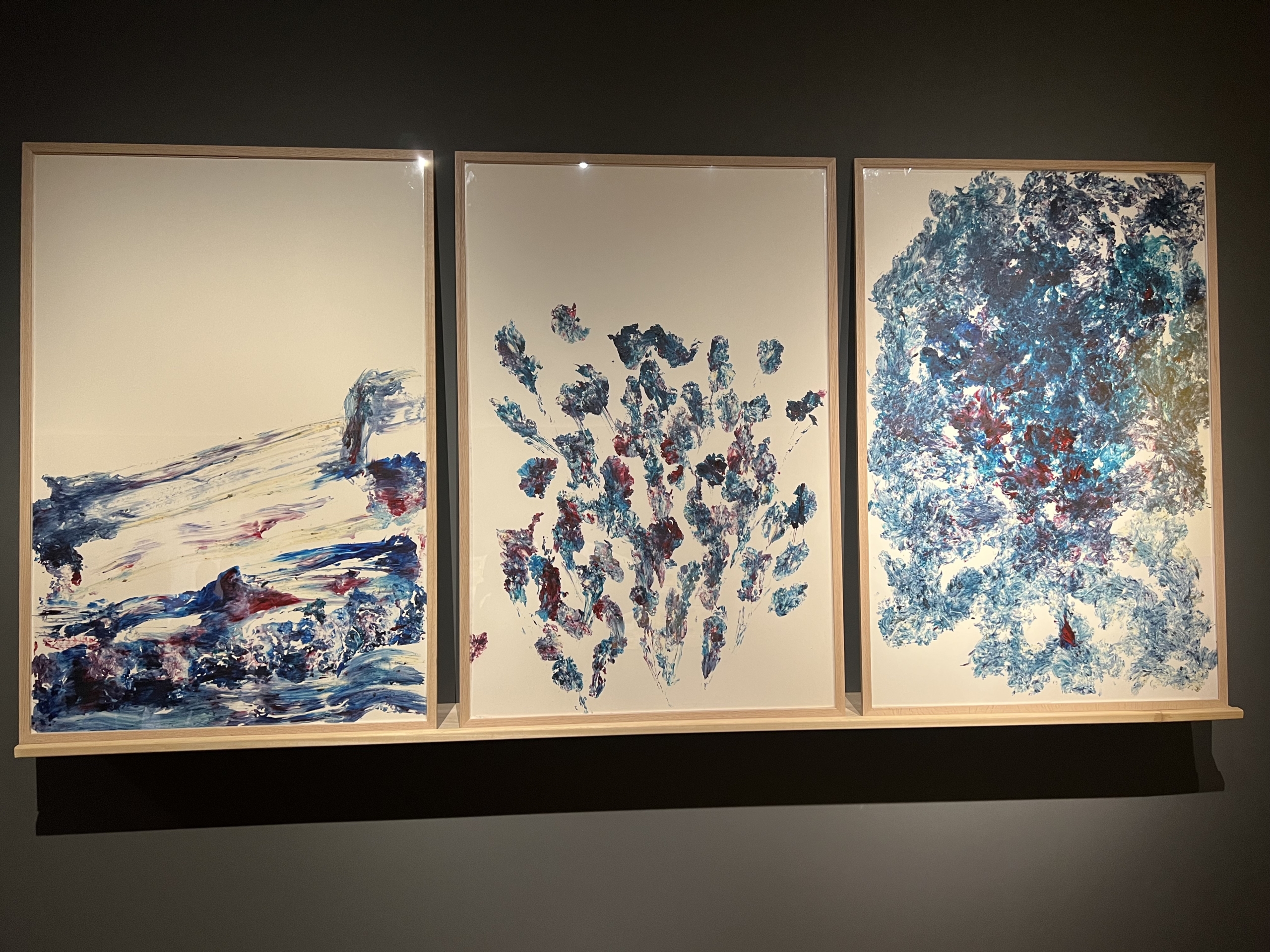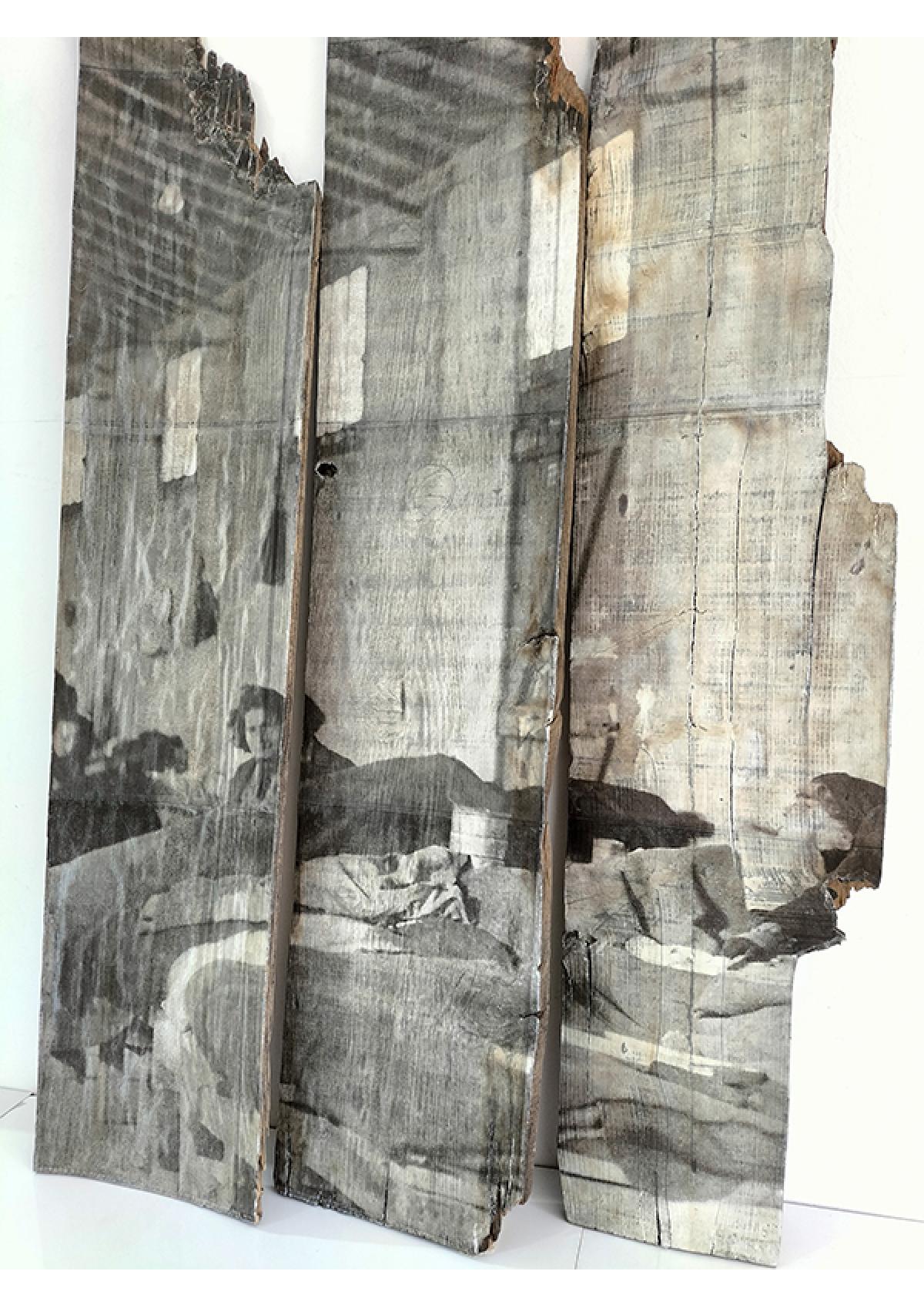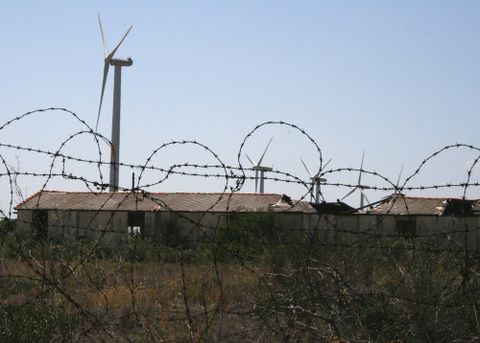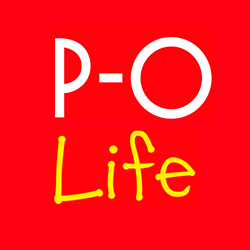FILM
On Thursday December 14 at 6:30pm, Le Mémorial invites you to a screening of Bernard Mangiante’s 1988 documentary Les camps du silence‘ in a fully restored version.
In February 1939, the 475,000 civilians, soldiers and volunteers of the International Brigades, fleeing Spain as it sank into fascism, were piled up on the sands of the Roussillon.
During the summer of 1942 and until the spring of 1943, these camps became the sorting station, the antechamber to the Nazi extermination camps. In the meantime, they were used for everything: internment of various categories of French and foreign “undesirables”, political suspects and Jews. From improvised canvas camps and requisitioned factories, the region moved on to veritable concentration camps.
Filmed on the very sites of these camps, Les Camps du silence retraces this painful history and gives a voice to witnesses, most of them former internees.
Le Mémorial offers you this documentary film in its restored version, followed by a discussion with its author and director.
Admission : 5€ – free for U18
Réservations : 04 68 08 39 70 ou billetterie@memorialcamprivesaltes.fr
Click here for a preview.
EXPO
History tells the facts – Art tells the story
Art in Situ at the Memorial of Rivesaltes
The memorial constructed in 2015 to honour the Spanish republicans, jews, gypsies, communists, Algerians and finally German soldiers once interned there, is buried below ground level, out of sight, like shame and grief.

The subterranean building is host to an exhibition of three artists, Nissrine Seffar, Nicolas Cussac and Philippe Domergue, who offer a contemporary look at this site of ruined barracks heavy with history.

In an effort to understand the politicians who make the decisions and soldiers who execute their orders, Nissrine Seffar wanted to explore what was inside their brains. Instead of brushes, Seffar dipped animal brains in paint and swept, dripped and pressed them onto her canvasses. The resulting designs are startlingly decorative. The shock of recognition brutal. Her 2012 study of the deterioration of the camp at Rivesaltes is infused with yellow. The scene seems almost gay, until you realise that in Middle East culture yellow is the colour of mourning.


Philippe Domergue has literally combed the ruined buildings for loose planks and splintered pieces of wood, witnesses of the individual and collective tragedies which took place here. Onto these supports, Domergue has projected photographs of refugees from the Retirada and the Nazi occupation of Europe. With photographs of recent refugees peering through cracks in doors and windows, the artist reminds us that history repeats itself.

Nicolas Cussac is less interested in the historical inheritance of the camp than in what is present and how it feels to be there. In a year of regular visits Cussac simply drew what he saw: a motel, a wind farm, a roundabout, a caravan, as well as the abandoned barracks and the new museum. The arrangement of his small sketches on three large walls gives a sense of fragmentation, space and emptiness. What is missing? Who is missing? Why?
Art in Situ from 19 October 2023 to 28 January 2024.
WEBSITE


